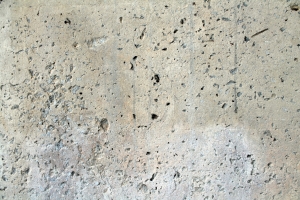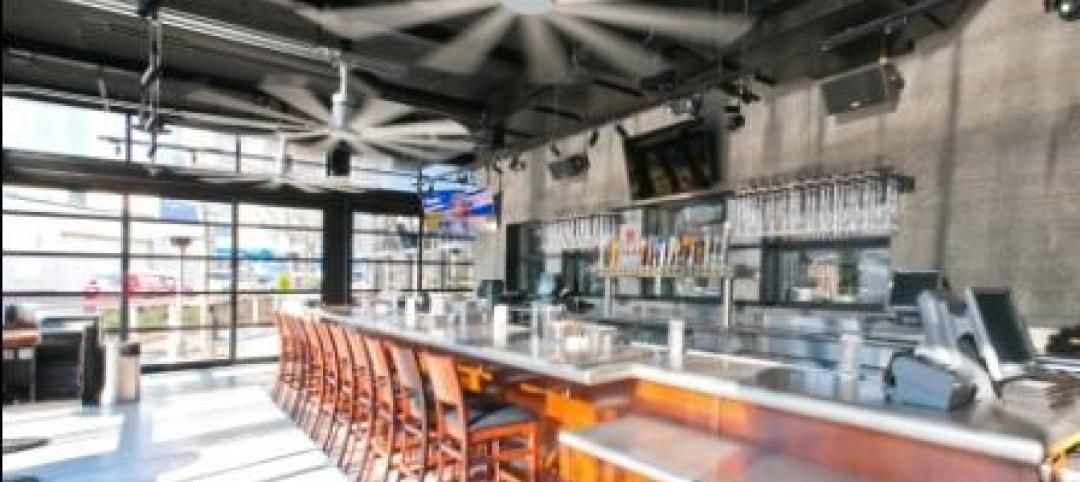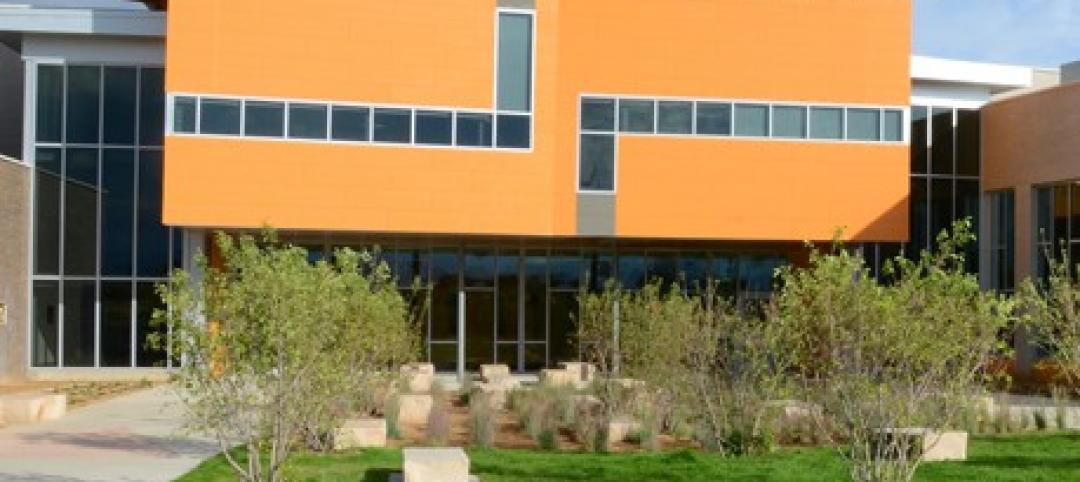Concrete is ubiquitous in our world, as is concern about carbon emissions. The creation of concrete is a major source of carbon emissions, because the calcium-based substances that make it up are heated at high temperatures to form the cement.
But scientists at MIT may have found a way to decrease the carbon emissions that result from concrete production: reducing the ratio of calcium to the silicate-rich clay.
Normally, concrete is made by mixing gravel, water, sand, and cement, Gizmag reports. The cement is produced by heating calcium-rich materials (e.g., limestone) at temperatures up to 2,732 F, and researchers say that this part of the process produces the majority of the carbon emissions.
The MIT research team examined the makeup of the concrete, and found that a calcium to silica ratio of 1.5 is the optimal mix for reducing emissions and producing quality concrete. In the industry, these ratios can vary from 1.2 to 2.2, though 1.7 is the cement production standard. Changing the standard ratio to 1.5, researchers say, could reduce carbon emissions by as much as 60%.
This mix of concrete was also shown to have a higher resistance to fractures. According to Gizmag, the researchers claim that "this is due to the molecular structure transforming from a tightly ordered crystalline to a disordered glassy structure." Regardless of the reason why, the 1.5 ratio concrete has twice the mechanical resistance to fractures of normal cement.
Because the analysis of this concrete mix was carried out on a molecular level, it remains to be seen whether or not these results will remain the same in engineering-scale applications. This research was published in the journal Nature Communications.
Related Stories
| Apr 23, 2012
Innovative engineering behind BIG’s Vancouver Tower
Buro Happold’s structural design supports the top-heavy, complex building in a high seismic zone; engineers are using BIM technology to design a concrete structure with post-tensioned walls.
| Apr 20, 2012
McCarthy completes Santa Barbara Cottage Hospital Replacement Facility
The new hospital’s architectural design combines traditional Santa Barbara Spanish colonial architecture with 21st century medical conveniences highlighted by a therapeutic and sustainable atmosphere.
| Apr 20, 2012
Shawmut completes Yard House Restaurant in Boston
12,000-sf restaurant marks new addition to Boston’s Fenway neighborhood.
| Apr 19, 2012
Holcim cement plants recognized at PCA Spring Meeting
The Holly Hill plant received the PCA’s Chairman’s Safety Performance Award in recognition of their exceptional health and safety programs. The Theodore plant received the Environmental Performance Award in recognition of the steps they take beyond those required by laws, regulations and permits to minimize their impact on the environment.
| Apr 18, 2012
Lafarge moving North American headquarters to Illinois
Lafarge CEO John Stull says the factors in their decision were location in the Midwest and area transportation.
| Apr 18, 2012
Positive conditions persist for Architecture Billings Index
The AIA reported the March ABI score was 50.4, following a mark of 51.0 in February; greatest demand is for commercial building projects.
| Apr 16, 2012
Drake joins EYP as science and technology project executive
Drake’s more than 30 years of diversified design and project delivery experience spans a broad range of complex building types.
| Apr 13, 2012
Goettsch Partners designs new music building for Northwestern
The showcase facility is the recital hall, an intimate, two-level space with undulating walls of wood that provide optimal acoustics and lead to the stage, as well as a 50-foot-high wall of cable-supported, double-skin glass
| Apr 10, 2012
Structured Development & Bucksbaum close on new retail site in Chicago
The site is the location of New City, a mixed-use development that will feature 370,000-sf of retail space and 280 residential rental units.
| Apr 4, 2012
Educational facilities see long-term benefits of fiber cement cladding
Illumination panels made for a trouble-free, quick installation at a cost-effective price.

















